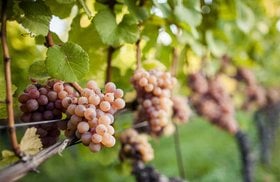How to Invest in Wine With Just $1,000
Fact: you don’t need to be a millionaire or a wine expert to start investing in wine.
Why?
Because Vinovest, a fintech platform, allows you to invest in wine for as little as $1,000.
You just have to
- Sign up on Vinovest
- Let Vinovest’s portfolio advisers know your investment preferences
- Let our team create a curated portfolio for you. The wines would be handpicked by a team of sommeliers and machine-learning algorithms, ensuring that the bottles meet your unique investing preferences.
Check out How Easy it is to Invest in Wine with Vinovest.
Further reading
- Discover our Insider Tips on How to Build a Wine Collection.
- Also, explore How To Store Your Fine Wines & How to Sell Them When the Time is Right.
What Is A Wine Investment?

The Smartest Way to Invest In Wine: Through Vinovest
Vinovestis a wine investment company that lets you invest in sought-after wines that historically outperform the market.
How Does It Work?
Just follow these easy steps to start a cult wine investment portfolio:
- Sign up on the Vinovest website to become a wine investor.
- Complete a quick questionnaire to determine your risk tolerance and investment horizon.
- See your customized wine investment portfolio, including manufacturing details and the origin of each bottle.
- Fund your investor account.
- Watch your investment over time.
Benefits of Investing Through Vinovest
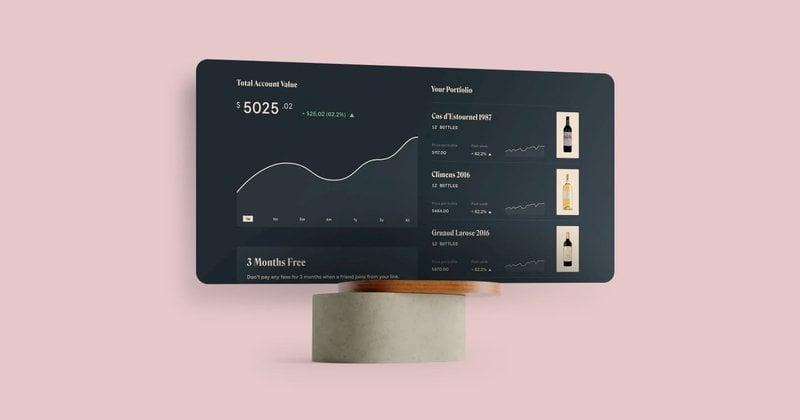
Here’s what makes investing through Vinovest irresistible:
1. Best Wine Prices
Vinovest sources wines directly from wineries, global wine exchange marketplaces, and merchants, so you get the best possible wholesale wine prices.
2. Easy Buying and Selling using AI-driven Technology
With Vinovest, you can buy en primeur (wine futures) and other collectible wines with just a few simple clicks.
The best part is that Vinovest allows you to sell your wine bottle collection anytime. However, it’s always best to sell when your wine reaches its peak value (after 5-20 years.)
Our advisors will guide you on the best liquidity options and the best time to sell your wine so that you maximize your returns.
3. Optimal Storage
Your wine cases will be stored in optimal humidity, temperature, air quality, light, and vibration in bonded warehouses.
3. Authenticity and Provenance
Vinovest goes the extra mile to trace each investment wine bottle’s provenance, so you won't have to worry about getting a counterfeit bottle ever again.
4. Tax Advantages
The bonded warehouse facilities charge no excise duty and VAT - allowing Vinovest to pass on significant tax advantages to you.
5. Comprehensive Insurance and Security
Vinovest also offers a full insurancepolicy at market value!
Your wines are also fully protected - surveillance cameras in all facilities ensure your wine is safe and sounds 24/7.
6. Low Overall Costs
Vinovest charges a 2.5% annual fee (1.9% for an investment portfolio over $50,000). This fee includes handling wine buying, wine fraud detection, storage, insurance, portfolio management, and wine selling.
7. Easy Delivery
You can get the wines delivered to your buyer, to your house for drinking, or to your friends as a delightful wine gift.
Now, if you want to explore other options, here are two other ways to start fine wine investing.
2 Alternative Ways to Invest in Wines

Try out these options if you want to be completely hands-on with wine investing:
1. Buy Wine Stocks
You can also put your money into well-performing individual wine funds or wine stocks such as Truett-Hurst, Constellation Brands, or Diageo.
However, keep in mind that stocks are riskier since their performance is directly correlated to the stock market.
2. Build a Wine Collection Yourself
Another option is to buy wine bottles yourself and store them in a wine cellar until their valuation increases.
Buying and selling great wine bottles may seem complex at first (similar to investing in spirits like whiskey.)
But as long as you understand the market, you’ll be fine!
However, a DIY approach to wine investing could become time-consuming and too risky. You will need:
- Specialized knowledge to pick out the best investment opportunities
- Ensure you’re buying 100% authentic wine
- Provide a wine storage space
- Keep check of all taxes and shipping costs
- Know how to value your wine collection
- Figure out when is the perfect time to sell your bottles
But why waste your time and resources when you can use specialized wine portfolio managers instead?
Leave it to fine wine investment experts like Vinovest to take care of wine research, selection, authenticity checking, and inventory management.
Next, let’s take a step back and dive into some wine investment basics.
What Is A Wine Investment?
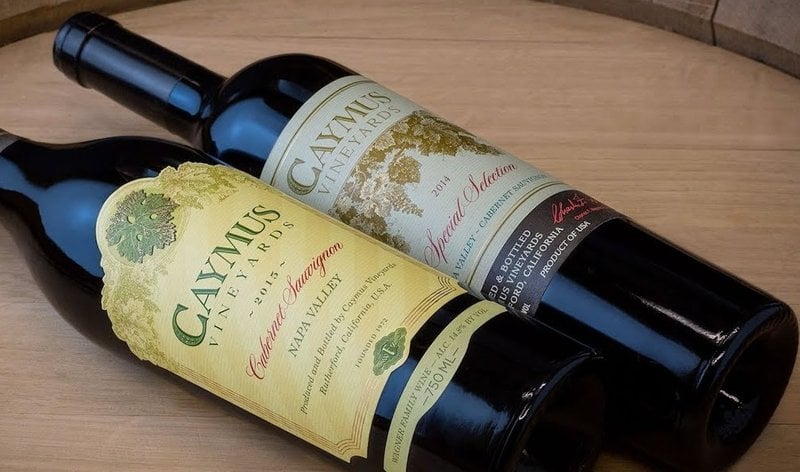
The quality and scarcity of fine wine appreciate over time - and so does its value. This is the underlying principle of wine investing.
You buy bottles of wine and store themto sell them at a higher price later on.
In some cases, you may not even physically possess the bottle of wine you bought.
For instance, through Vinovest, you can have them stored professionally in specialized facilities for years. This way, your valuable Champagne, Napa Valley Cabernet Sauvignon cult wine labels, and Italian wine are safe and in perfect condition until you turn a profit!
Now:
You’re probably wondering: what makes wine such a lucrative investment?
Why Invest In Wine
Investing in wine is a profitable alternative investment option for investors and wine drinkers to diversify their portfolios.
Additionally, the fine wine asset class has a low correlation with the global stock market and is inflation-proof.
Here’s how:
The fine wine market has outperformed most global equities and exchange-traded funds (ETFs) and is less volatile than real estate or gold.
The Liv ex fine wine index has returned +11.1% year-to-date (YTD), which has beaten gold (-4.4% YTD), Dow Jones (-12.21% YTD), and the S&P 500 index (-15.9% YTD.)

Source: Liv-ex
You can bank on fine wine investment assets to:
- Diversify your investment portfolio
- Minimize portfolio risk
- Counter any market volatility
Wine vs. Stocks: Which One Is a Better Bet?
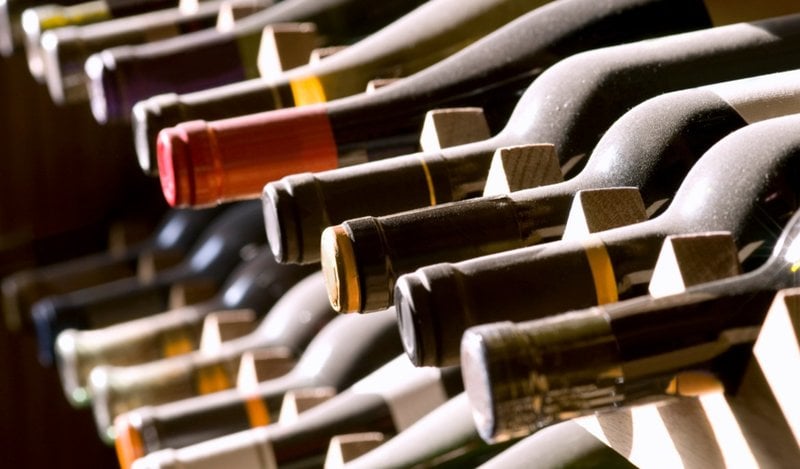
With the rising inflation levels in recent years, the stock market is more volatile than usual. This makes 2023 a great time to start investing in an alternative asset class like fine wine.
Fine wines have historically outperformed the US stock market (the Liv-ex 100 index grew by 270.7% between 2001-2021, while the S&P 500 index grew by 262%.)
Additionally, in 2021 the Champagne index grew by 40%, while the Bordeaux index (tracking the performance of First Growth Bordeaux wine labels) increased by 50%.
So even when the economy stabilizes, fine wine will still be a good alternative asset worth adding to your portfolio.
However, remember that fine wine is a long-term investment, so you’ll need to hold onto your bottle for a few years before making a profit.
But which bottles fall under the “investment-grade wine” category?
What Is Investment Grade Wine? 7 Main Characteristics
Fine wine that appreciates in value after around five years is known as investment grade wine.
A 12-bottle case of DRC 1988 fetched around $305,000 in 2019.
But how do you go about identifying great investment opportunities like these?
You would know if the wine is worth your money based on these factors:
1. Aging Potential

Do fine wines really get better with age?
To be investment-worthy, you need to know whether your premium wine bottle is age-worthy or not. It should have the right mix of acidity, alcohol, flavor, and tannins to increase in quality as it ages.
2. Scarcity

An investment grade wine - like the Dom Perignon 2002, Chateau Lafite, or Pomerol - is finite and decreases in quantity over time. Limited edition wines are usually (expensive and) more valuable.
Wine futures (wines that are still in the barrel) are cheaper and give you a chance to buy a new vintage wine. While en primeur investing is riskier, you could increase your margins if the price goes up after the wine is bottled.
3. Vintage
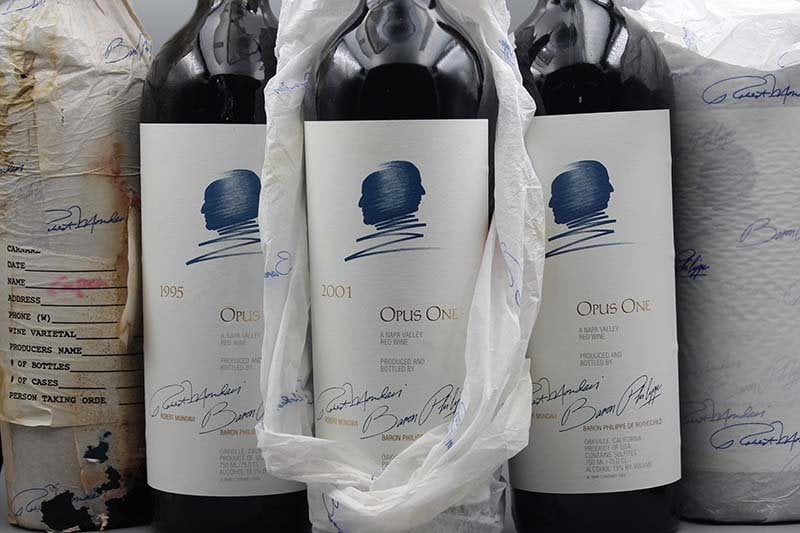
The wine vintage (the year in which the wine grapes were harvested) can give you information about the grape growing season and weather conditions. These are crucial factors that directly influence the wine’s flavor, aroma, and quality.
So, having in-depth knowledge about the vintage conditions can help you pick the right wine.
4. Critics' Ratings

High-quality investment wines rated as “classic” or equivalent (a rating of 95 on a scale of 100) by wine critics are investment worthy.
5. Pedigree

Investment wine bottles are made by reputable winemakers. Wines made in prestigious viticultural areas like the Bordeaux region, Burgundy, Rhone Valley, and Tuscany in Italy (producing the coveted Super Tuscan wines) tend to be more valuable over time.
6. Longevity
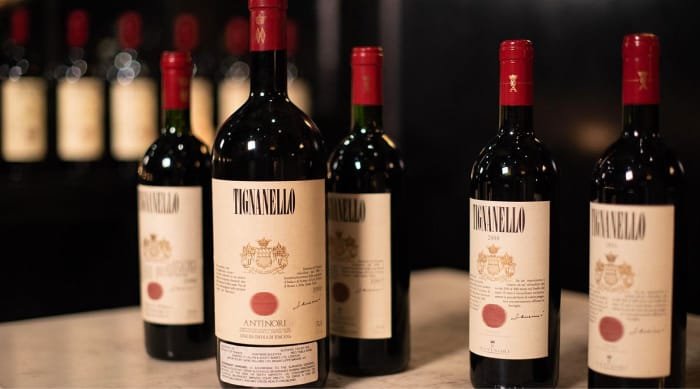
Investment-grade wines reach peak maturity at least 10 years after bottling, and some premium wine labels can even age for over 25 years.
7. Price Appreciation
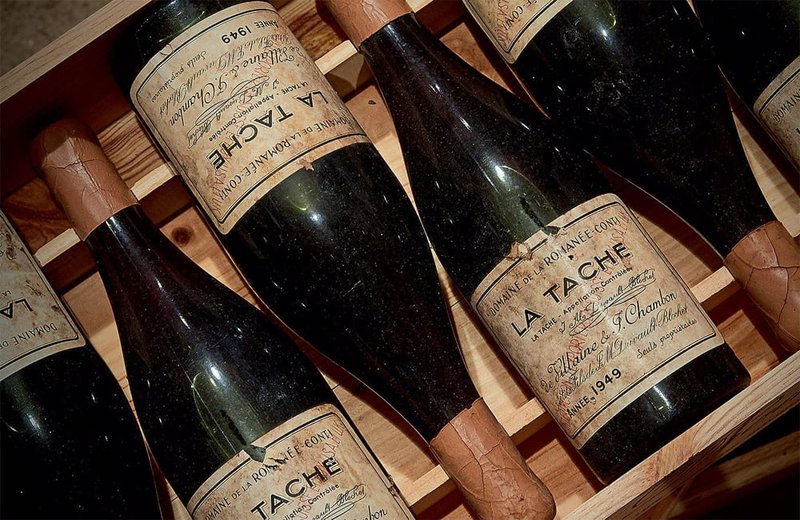
The wine price must have appreciated over a 10-year period or longer.
But what if you’re investing in a new wine with no history at auctions? How would you know if it’s a good investment or not?
Check the price appreciation track record of previous vintages from the same winery. If it comes from an outstanding vintage year and is produced in a famous region like Bordeaux, Burgundy, or Pouilly-Fuisse, it stands a good chance of future appreciation.
9 Important Things To Consider Before You Invest In Wine

Here are a few expert tips to remember before you get started with wine investments.
- Understand Market Risks
- Research The Wine Industry (Styles, Regions, Varietals, Vintages)
- Determine How Much You Can Invest
- Decide Where To Buy Wines From
- Keep Track of Taxes and Shipping Costs
- Trace the Wine’s Provenance
- Determine How You Want To Store Wines
- Understand How to Value Your Wines Before Selling
- Decide Where You Want To Sell It
1. Understand Market Risks
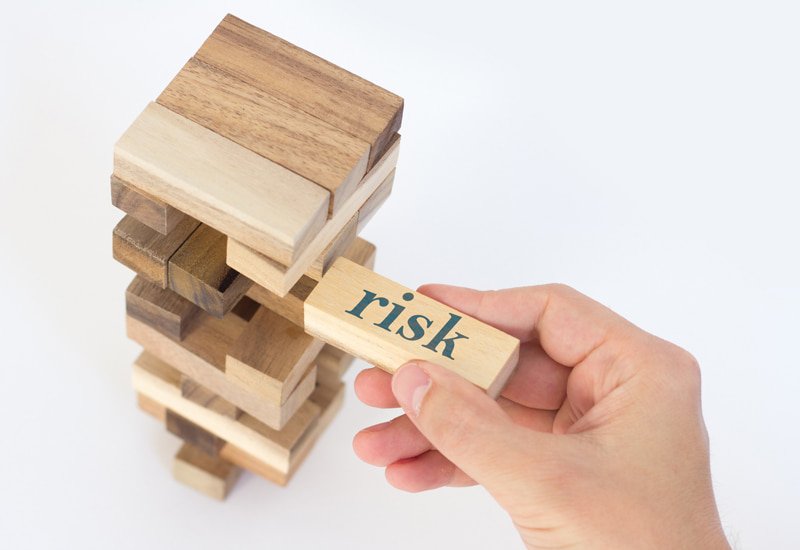
Fine wines are less volatile than most other alternative investment opportunities.
But there are some risks involved.
- Your expensive wines could get mishandled or damaged in storage or transit or due to a natural disaster.
- The value of wine does not increase indefinitely. After a certain period, it becomes less desirable as a beverage, and its value on the secondary market decreases.
- Scams that involve fake investment-grade wines are also something to be wary of.
2. Research The Wine Industry (Styles, Regions, Varietals, Vintages)

Do thorough research on the fine wine market. Also, discover which vintages and winemakers have done well in the past and look at predictive trends by wine expert and analyst professionals.
Watch auction results, and track market data on online wine exchanges like London International Vintners Exchange (Liv-Ex).
Scrutinize wine critic reviews and the manufacturer’s details on websites like Wine Searcher and Wine Spectator.
3. Determine How Much You Can Invest
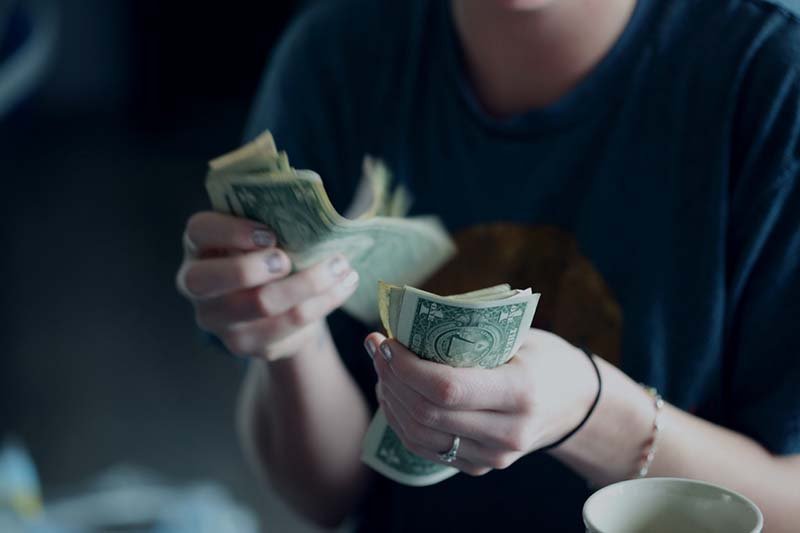
A common recommendation is that you need a minimum of $10,000 to start investing in fine wine.
Just like with dividend-paying stocks and bonds, it’s best to invest in a diverse portfolio with wines from different wine regions and vintages.
Plan a good mix of established names and upcoming investment wines like:
- Bordeaux wine: Grand Cru and Premier Cru labels from wine estate companies like Mouton Rothschild, Leoville Las Cases, Haut-Brion, Chateau Lafite Rothschild, Chateau Margaux, Cabernet Sauvignon, and Chateau Latour
- Burgundy wine: Vintage Domaines and wine future options
- Super Tuscans and other coveted Italian wine styles
- Cult wines from Napa Valley and otherCalifornia wine labels
- Premium Australian wine labels like Penfolds Grange
- Wines from emerging countries like Chile
4. Decide Where To Buy Wines From
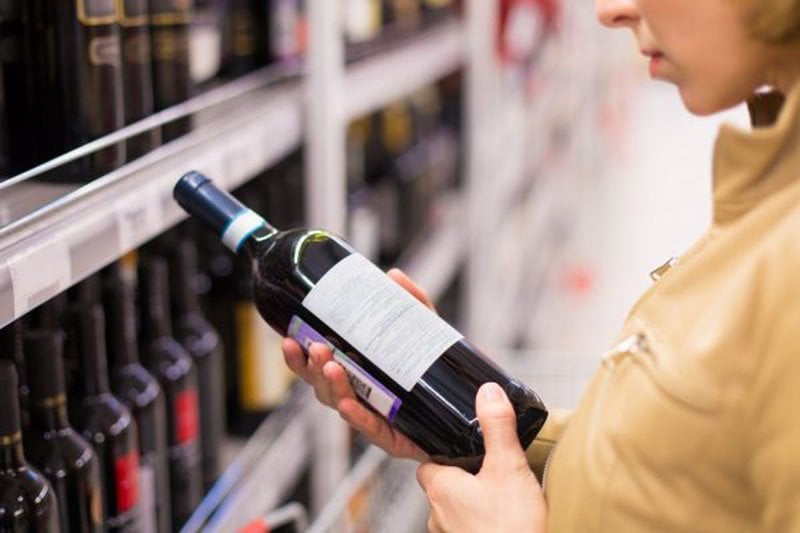
You can physically buy great wine labels through several channels like:
- Through a broker or wine investment platform: Wine brokers offer personalized advisory services and transact and trade on your behalf.
But an easier and more affordable way to do it is through a wine investment platform like Vinovest. You just have to sign up, determine your preferences, and let the experts handle the wine investment intricacies for you.
- Wine Stock Exchanges: Wine stock exchanges like the Vinovest Exchange, Cavex, Berrys’ Broking Exchange, and Liv-Ex have a good fine wine collection that can be shipped internationally.
- Wine Auction events: Bid in-person at auction houses like Sotheby’s Wine, Christie’s, and Acker Merrall. You can also opt for online auctions through platforms like WineCommune, VinFolio, and Spectrum Wine Auction.
For lower prices and taxes, you can leverage arbitrage opportunities between the three large markets - New York, London, and Hong Kong.
- Wineries: Buy wines directly from a prestigious chateau or local vineyard, and get them shipped to your address. However, with international wineries, there are several regulations that may not allow you to buy wines directly.
- Specialty Stores: Some smaller boutique stores and wine merchants like Farr Vintners and Berry Bros. & Rudd stock a hand-picked selection of fine wines, including investment-grade wines.
Note: In most cases, there will be a commission or buyer’s premium. For instance, Cavex takes a 3% commission from the buyer and seller. Christie’s New York charges a 25% buyer's premium on the hammer price of each lot. Wineries also charge a huge buyer’s premium.
Transportation prices and taxes are also applicable across all these options.
5. Keep Track of Taxes and Shipping Costs

Wine has a limited lifespan (the predictable useful life is less than 50 years) and irreversibly declines in value over time.
So it is considered a “wasting asset” in countries like Austria, Germany, France, the UK, and Hong Kong. Here, wine investments are free of capital gains tax - but with a caveat - investment-grade wines with a lifespan of over 50 years are not tax-free.
Apart from these places and tax havens like Bermuda and Panama, where wine investing is tax-free, most other countries have their own wine tax laws.
Transportation charges will also be applicable when your wines are shipped by specialized wine shipping companies.
6. Trace the Wine’s Provenance

The history, source, authenticity, life cycle, and storage of wine are known as its provenance. This information will help you pay the right price for fine wine and sell it at the right valuation.
Every wine investor should trace the wine’s provenance as far back as possible by:
- Getting a certificate of authenticity
- Checking its ownership history
- Reviewing its storage conditions and locations
7. Determine How You Want To Store Wines

Storage is key in long-term wine investments.
Store fine wine carelessly, and you lose its qualities and value over time.
You have two options:
- Storing wine in a professional storage facility: You can cellar your wine with a reputed storage facility. Use facilities offered by auction houses and exchanges or dedicated wine storage facilities such as those used by Vinovest.
You pay a fee for their services and insurance, but it guarantees optimal and secure storage conditions for the long term.
- Storing wine on your own: Store wine in a customized, climate-controlled storage area in your home. Redesign your basement into a wine cellar, or buy a wine cooling unit.
It has to have a consistent temperature (around 55° F), humidity control (60% relative humidity), and be kept away from light and vibration.
Apart from the storage costs, you have to bear the costs of insurance and maintenance of your facility.
8. Understand How to Value Your Wines Before Selling

There are two main factors you need to consider to evaluate your wine properly before selling it in the secondary market:
- Scarcity: If you’ve got a rare fine wine bottle, it would naturally fetch a high price. In turn, you can sell the bottle at a higher price than when you bought it.
- Critics’ ratings and reviews: Wines rated above 95 points are valued highly. Also, make sure to read wine reviews about the specific wine you have at hand. Chances are that if renowned wine critics like Robert Parker praise your precious collectible, other investors will too.
9. Decide Where You Want To Sell It
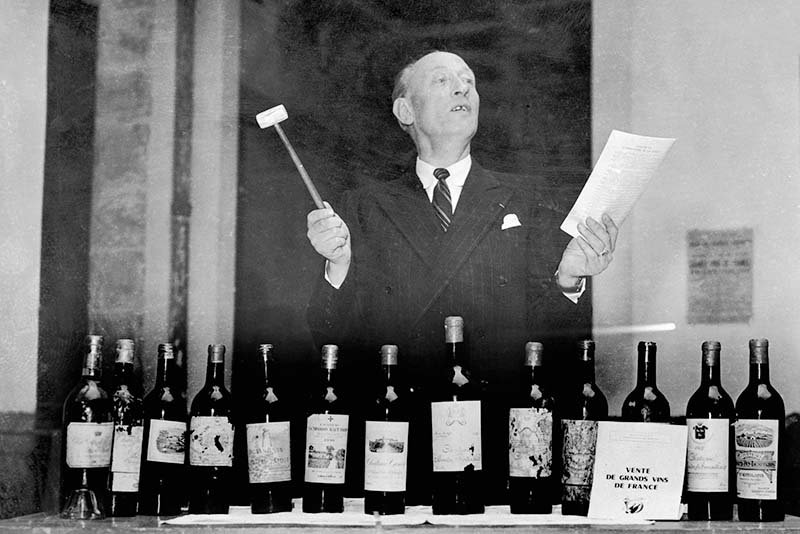
You can sell your wine through:
- Auctions: In-person and online auctions are the most popular way to sell wines. The commission charges in an online auction house would be lower than that of a physical auction house like Sotheby’s.
- Wine Stock Exchanges: Wine exchanges like the Vinovest Marketplace, Cavex, and Liv-Ex facilitate person-to-person selling. You must pay a selling commission (usually less than 10%) to the exchange.
- To another private collector: You can also sell your fine wine collection to private wine collectors or enthusiasts.
Ready to Invest in Fine Wine?

Wine exchanges and technology companies like Vinovest have brought new levels of efficiency and transparency to a traditionally opaque market like wine investing.
So, start building your portfolio with Vinovest and get a head-start into the growing fine wine investing market today!


